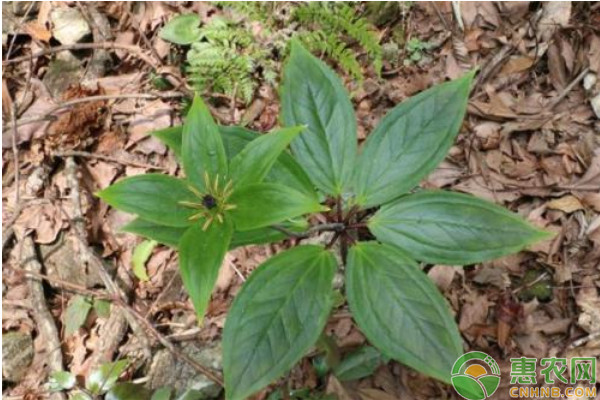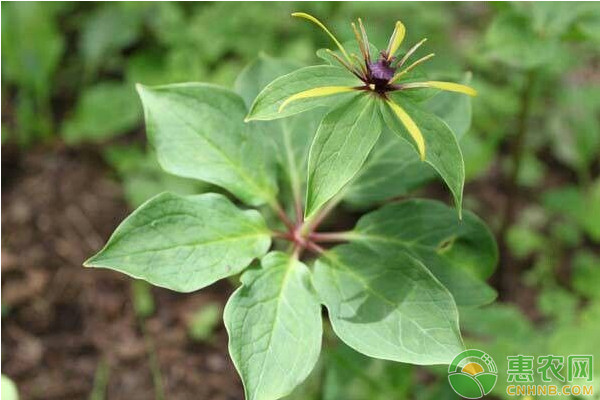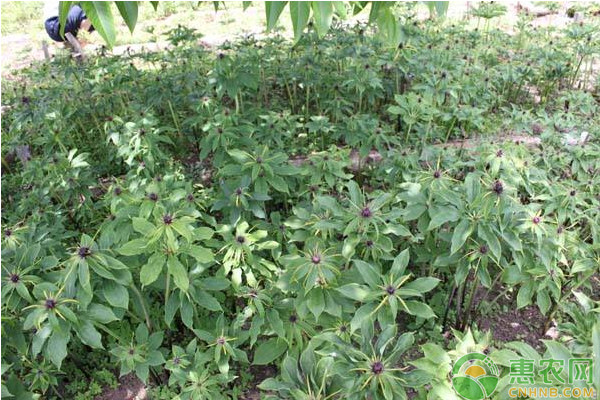Heavy building is one of the traditional Chinese herbal medicines in China, and it is widely used in the medical market. The heavy building has higher requirements on planting techniques, and the pests and diseases are harmful. If there is slight attention to prevention and control, it will affect the growth quality and yield of the heavy building. So how should we prevent pests and diseases in the heavy building? Symptoms and causes of major diseases in the main building Black spot Symptoms: Mainly harmful to the leaves. At the beginning of the disease, brown or brownish red spots appear from the tip or leaf edge, gradually expanding into round or irregular shaped lesions. The lesions are grayish white, brown at the edges, sometimes visible, and a large amount of black on the back. Mildew, pathogen spores and conidia. The disease is severe, and the lesions are perforated when dry, forming leaf blight and stem blight. Pathogen: Cymbidium, plant pathogenic fungus. Occurrence characteristics: The bacteria in the soil and the diseased bodies overwinter, becoming the source of infection at the beginning of the year, and the rainfall is early and many years, the incidence is early and heavy. Low sputum water, poor ventilation, insufficient light, improper fertilizer and water are easy to develop. 2. Falling disease Symptoms of the disease: from the base of the stem (also from the middle of the stem), initially watery, and quickly spread, the disease is not discolored or yellow-brown, the disease develops rapidly, the cotyledon is still green Before wilting, it is laid from the base of the stem (or the middle of the stem) and attached to the sputum. The diseased part is mixed with odor. At the beginning of the disease, only a few individual seedlings are involved. When the conditions are suitable, these diseased plants are the center, and they spread rapidly to the surrounding areas, forming a piece of ward. Causes of the disease: mainly soil bacteria, water accumulation. Stem rot Symptoms of the disease: The disease occurs in the seedbed period, and the high temperature is more serious in the field. First, a yellow-brown lesion is produced in the stem. After the lesion is enlarged, the tip of the leaf loses its water, and when it is severe, the stem base is wet and rotted. 4, viral disease Symptoms: The leaves of susceptible plants are unevenly chlorotic, mosaic, and the plants grow slowly. When severe, the whole plant is dead. Pathogen: Plant pathogenic virus. Occurrence characteristics: The genus virus is mainly transmitted by Hummer, so timely prevention and control of thrips is the most critical. 5, erythema: Symptoms: Mainly harmful to the leaves. At the beginning of the disease, the leaves have rust red dots along the veins, and the leaves are front and back, gradually expanding into strips. In the later stage, the rust red plate was fused into a piece, and the whole leaf was rust red, which affected the growth of the plant, and finally the whole plant died. Pathogen: Mycobacterium genus M. sinensis, plant pathogenic fungus. Occurrence characteristics: The bacteria in the soil and the diseased bodies overwinter, becoming the source of infection at the beginning of the year. In the years from June to September, the incidence is early and heavy. 6, root rot Symptoms: After the bacteria are deflated, the roots gradually become yellow-brown and the roots are not new roots, and the root bark is brown and rot. The edge of the upper part of the blade turns yellow and scorched, and the wilting is easy to pull up, causing the whole plant to die and the leaves to dry up. Pathogen: Fusarium, plant pathogenic fungus. Occurrence characteristics: Fusarium invades the roots of the plants, and the conidia are transmitted after the onset of the plants to carry out multiple infestation. Appropriate conditions can cause disease, rainy, humid, cold early spring, slow excavation of plants, slow growth, weak resistance, easy to root rot. 7, gray spot disease Symptoms: The main damage to the leaves, from the tip or leaf base at the beginning of the disease, brown to purple brown spots, gradually expanding into round or amorphous dark black lesions, when there is a large amount of black mold on the lesions, mildew The layers are conidiophores and conidia, forming a source of re-infection, and finally the entire leaves die. Pathogen: Alternaria, phytopathogenic fungi. Occurrence characteristics: The bacteria in the soil and the diseased bodies overwinter, becoming the source of infection at the beginning of the year, and the rainfall is early and many years, the incidence is early and heavy. 8, anthrax Symptoms: The main damage to the leaves, the leaves appear pale brown spots at the beginning, the spots gradually enlarge to a nearly circular lesion, the yellow halo around the lesions is not obvious, the edges are brown, the central part of the lesions is grayish white, and when the spots are yellow, the whole leaves are dead. Pathogen: Anthrax, plant pathogenic fungus. Occurrence characteristics: The bacteria in the soil and the diseased bodies overwinter, becoming the source of infection at the beginning of the year and reinfection. Fields with weak plants and warm climates are early and heavy. The above is all about the heavy building. If your home has also planted a heavy building, then come to Hui Nong.com to learn about the planting techniques. Bifidobacterium Breve,Bifidobacterium Breve Powder,Bifidobacterium Breve Probiotic,Microbiota Bifidobacterium Breve Biodep Biotechnology Co. ,Ltd. , https://www.mbioda.com

